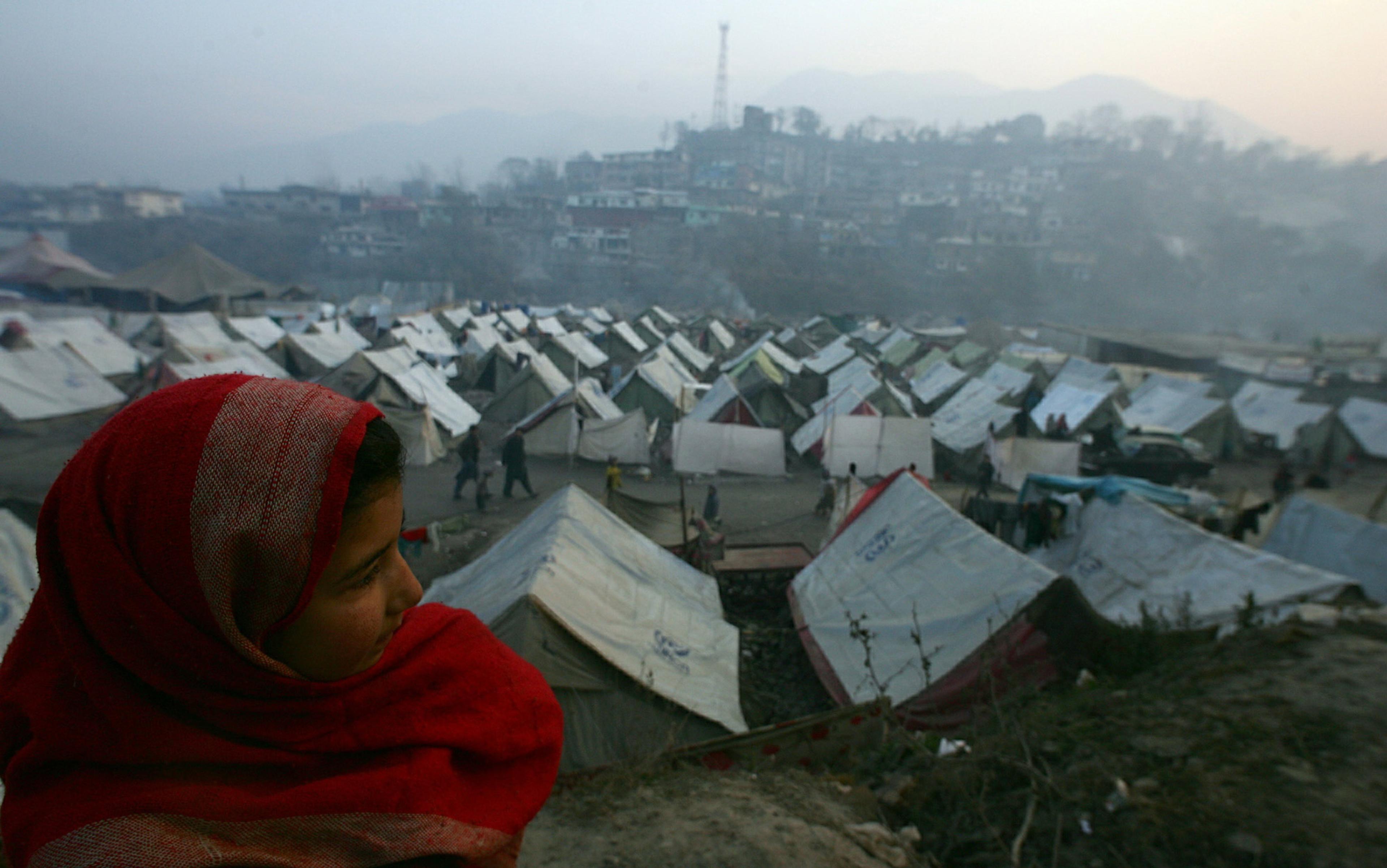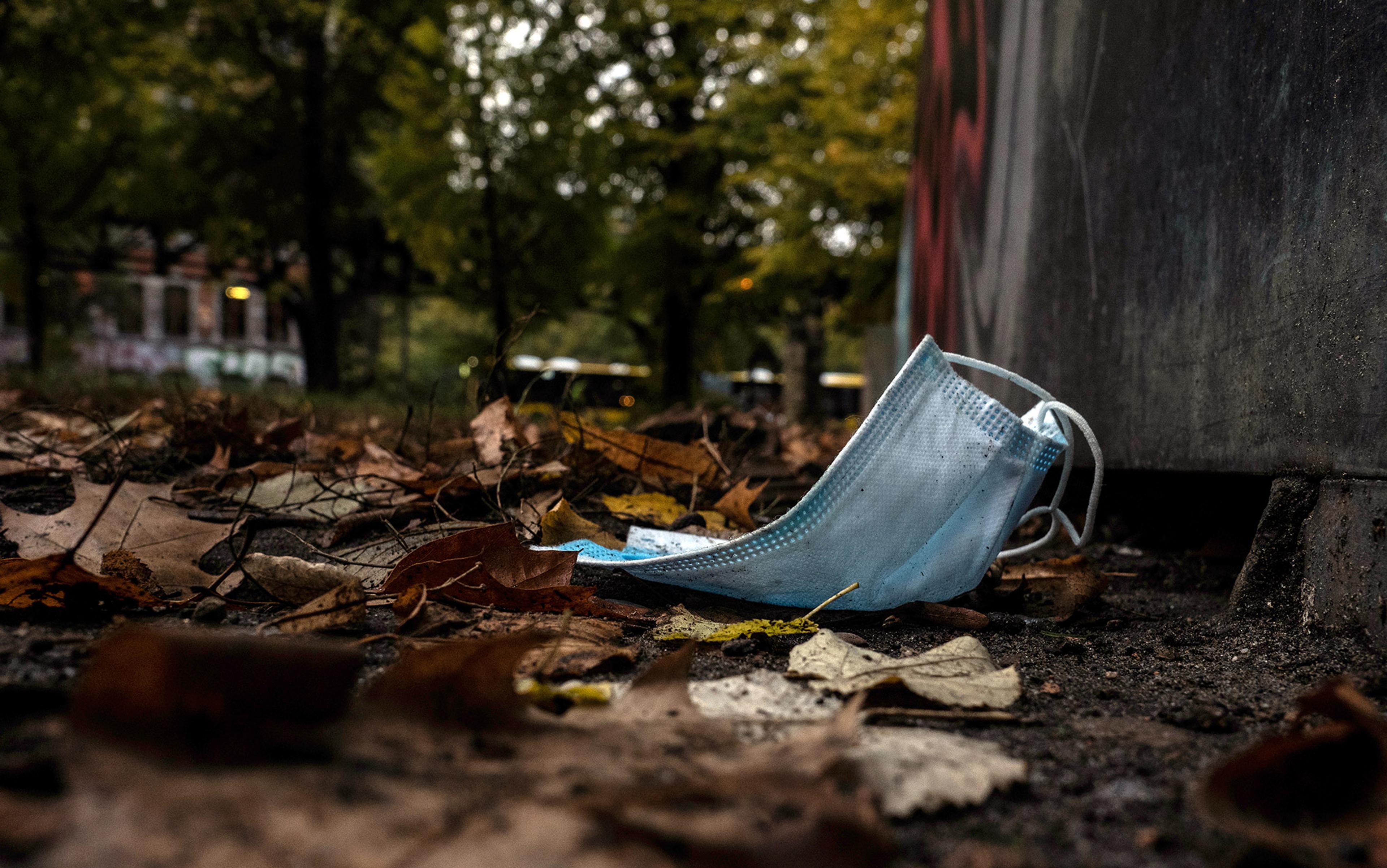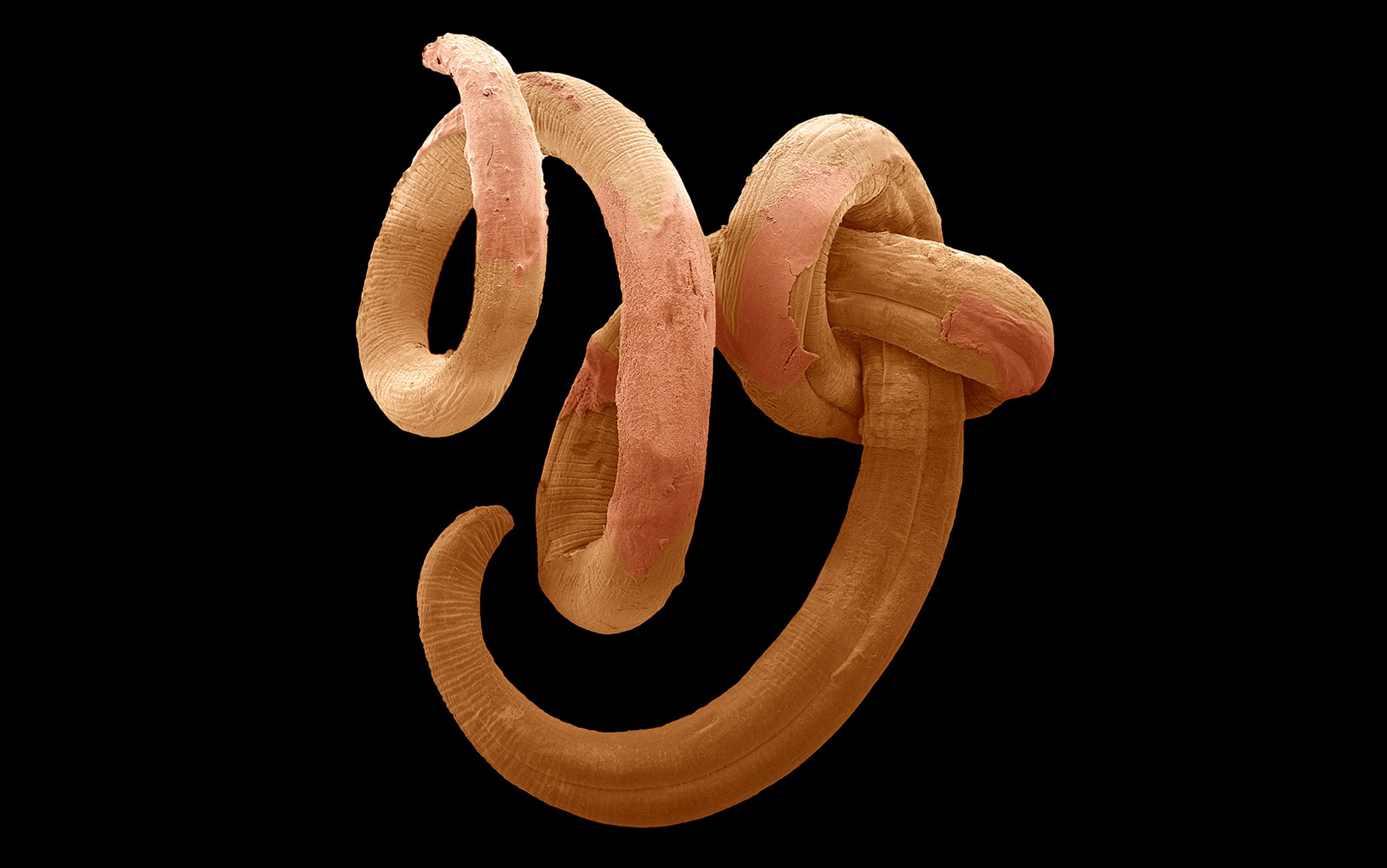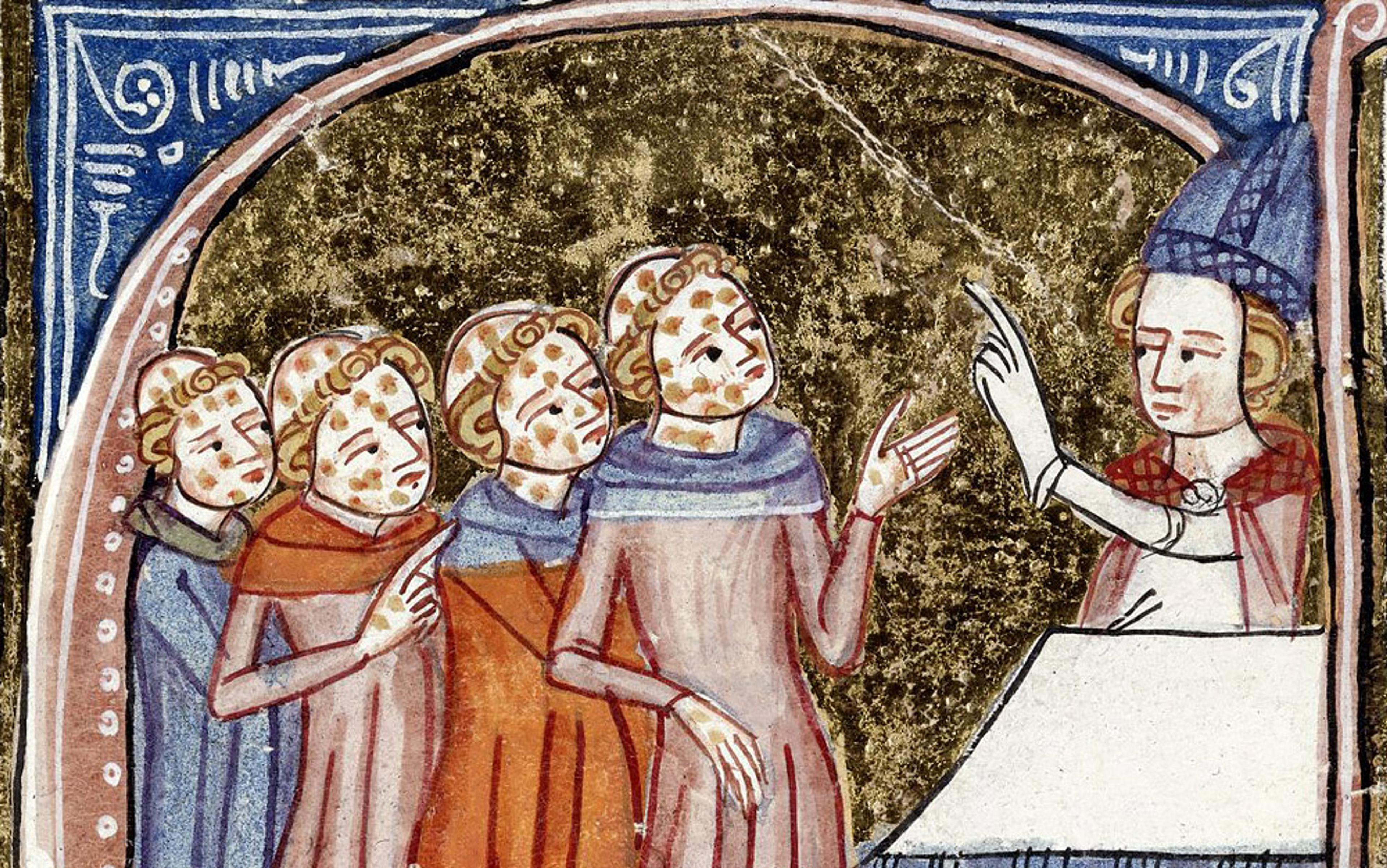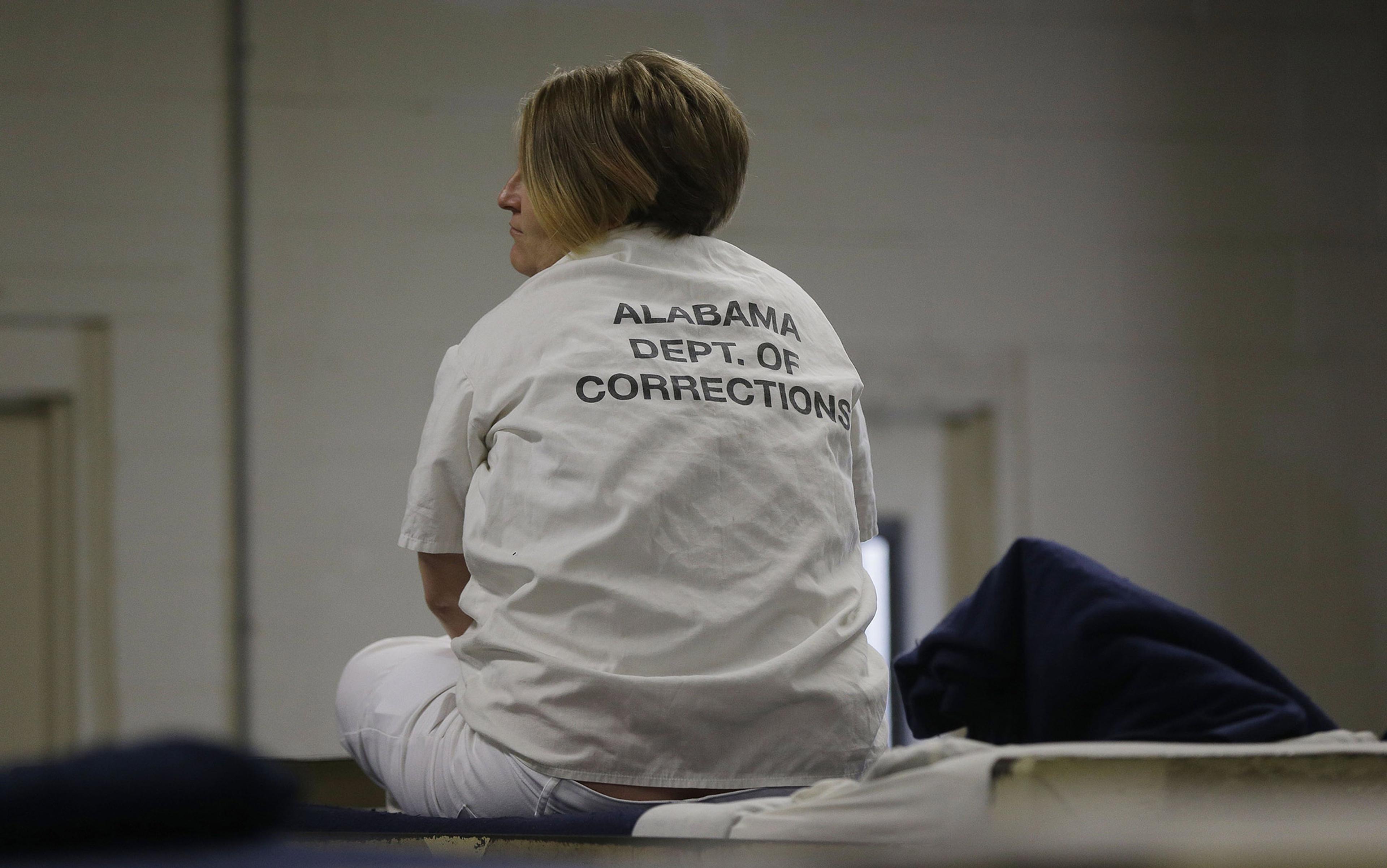Remember the Naples Soldier, the vicious flu pandemic that swept the globe almost 100 years ago, infecting one in three people and killing up to 50 million? You probably don’t, but you might remember the Spanish flu, the name by which that pandemic is better known. ‘Naples Soldier’ was what the Spanish called it, after a catchy tune that was being played in local music halls at the time. They knew the origins of the disaster lay beyond their borders and, understandably, refused to take the blame.
The Spanish flu stands as a monument to the ugly history of disease naming. The world was at war in 1918, and the belligerent nations censored their press, not wanting to damage their populations’ morale. Spain, however, was neutral in that war, and when the first cases of flu occurred there, they were widely reported. The disease had been in the United States for two months already, and in France for several weeks at least, but that information was kept out of their newspapers. The world came to see the disease as pulsing out from Spain, a belief that was encouraged by propagandists in other countries whom it suited to shift the blame.
The naming of diseases has always been as much about politics and the human need to identify a scapegoat, as it has been about accurately labelling a new threat to life. Periodic attempts have been made to remove the subjective from the process. Three United Nations agencies – the World Health Organization (WHO), the Food and Agriculture Organization, and the World Organisation for Animal Health – play a particularly important role when it comes to infectious diseases, which don’t respect borders. WHO hosts the International Classification of Diseases (ICD), which has long assigned the final name to any human disease. And in 2015, WHO came up with an updated set of guidelines for labelling infectious diseases, which account for the vast majority of threats to human life.
Prior to 2015, the naming system was fraught. One issue was that very little might be known about a disease early on; nonetheless, some kind of name is required, because it’s hard to fight a nameless menace. The first case of Middle East respiratory syndrome was identified in Saudi Arabia in 2012, but three years later there was an outbreak in South Korea. Lyme disease, which was named for the town in Connecticut where it was first identified in 1976, is now a problem throughout North America, as well as in Europe and Asia. Time turned these nomers into misnomers, but by then, they had stuck.
The advent of the internet has made things only worse, because the name can potentially travel farther and faster than the disease – especially given that the person assigning that first name is more likely to be a government minister, bureaucrat or journalist than an expert in disease. Given such constraints, the WHO came up with its 2015 guidelines with the modest goal of preventing the worst naming sins, before the ICD could assign a name based on more knowledge and deeper reflection. Then it circulated them far and wide.
Under the 2015 guidelines, infectious disease names would no longer single out places, species or human groups defined by their sexual, religious or cultural identity. Nor would they include alarming terms such as ‘unknown’ or ‘fatal’. Such monikers as Rift Valley fever or Legionnaires’ disease would never fly, though disease names already ensconced would not be changed.
Instead, according to the WHO, disease names would thenceforth make use of generic descriptive terms. These could include symptoms – respiratory disease, for instance, or watery diarrhoea. The name might designate an affected group, but in neutral terms – juvenile for a childhood disease, say, or maternal when mothers are involved. It might refer to a season of the year or a bodily system – cardiac or nervous, to name but two. And it would include the name of the agent – streptococcus A, coronavirus, influenza virus and salmonella come to mind. Diseases that lay equal claim to a set of terms might be differentiated by numbers.
The WHO hoped that by halting politically inspired names, it would enhance public health. After all, the fallout from misnaming a disease can be devastating. The 2009 flu pandemic was initially dubbed swine flu. It was actually spread by humans, not pigs, but the Egyptian government still ordered the slaughter of the country’s pig population – some 300,000 animals, mostly belonging to the Coptic minority – in a misguided attempt to halt the contagion.
Flu attracts a lot of airtime in the naming debate, because the virus that causes it is labile, meaning that new variants emerge all the time, and each one requires a distinguishing label. But the same applies to less chameleon-like diseases. When HIV was recognised in the 1980s, it was called gay-related immune deficiency, or GRID, a label that not only stigmatised homosexuals and led to heterosexuals underestimating the risk of unprotected sex, but also meant that research into the disease received far too little funding relative to the risk it posed.
Since a misleading name can cause destruction of economic activity and life, the WHO’s impulse was laudable. The new system appeared so sensible, in fact, that it was hard to see how anyone could object to it, yet they did.
Some scientists complained that the WHO guidelines would generate bland, forgettable names, and make it harder to distinguish between diseases. Marburg disease, for example, could be rebaptised filovirus-associated haemorrhagic fever 1, while Ebola might become filovirus-associated haemorrhagic fever 2. Others argued that it would eliminate potentially useful information, such as the names of animals that act as natural reservoirs for the pathogen and that should therefore be avoided.
Another group of critics attacked the whole ethos of the WHO’s undertaking, arguing that you can’t depoliticise disease names because diseases are themselves political. Zoonoses – human infections of animal origin – have been emerging with increasing frequency in recent decades, indeed this is one reason that the WHO issued its guidelines when it did. The explosion in the global population has meant that people are encroaching on new ecosystems and coming into contact with novel pathogens. But the effects of that human expansion, critics say, have been exacerbated by neoliberalism – an ideology whose guiding principles are competition and minimal state intervention.
In his book Big Farms Make Big Flu (2016), the evolutionary ecologist Rob Wallace draws a direct link between the growing threat of zoonotic diseases, and the agricultural practices that neoliberalism has encouraged – notably, the expansion and consolidation of agribusinesses, and the vertical integration of different stages of food production. The food we eat is produced by an ever-shrinking number of ever-growing mass-production units, in which vast herds or flocks of hybrid animals are packed into megabarns, forced to mature in a matter of months, and then slaughtered, processed and transported around the world. Because the animals in a given herd tend to be genetically identical, they provide no immune ‘firebreak’ to a pathogen infecting them, which can therefore race through the herd, evolving as it goes. Most of the new strains it generates will not be capable of crossing the species barrier to humans, but eventually one will arise that is. It would be hard to imagine a more perfect incubator for zoonoses, Wallace argues, and among the serious human diseases that he traces back to this food-production model are Nipah virus, Q fever, hepatitis E and deadly new forms of bird flu.
Ebola was named for its absolute geography, which was unhelpful. But its relational geography is informative
The WHO wanted place information removed from disease names on the grounds that it was often misleading, and always unhelpful. ‘No country controls where a disease emerges,’ a WHO spokesperson told me. ‘Shaming does no good whatsoever.’ This might be true in a globalised industry increasingly dominated by large, multinational corporations. But geographical labels still contain useful information, and replacing them with biomedical ones relieves all countries of taking responsibility for a problem they helped to create. It probably isn’t a coincidence that both H5N1 bird flu and the human disease severe acute respiratory syndrome (SARS) emerged in the southern Chinese province of Guangdong at a time when its farming sector was undergoing major changes, including the intensification of poultry farming.
Wallace acknowledges that the origins of disease are often complex, and makes a distinction between the absolute and relational geography of a disease. The first cases of Ebola were identified in the River Ebola region of what is now the Democratic Republic of Congo. It was named for its absolute geography, in other words, which he agrees was unhelpful. But its relational geography is informative. Ebola emerged where it did in part because of increased contact between humans and the virus’ natural reservoir, bats – the result of deforestation carried out to facilitate logging and mining operations. The situation might have been exacerbated by the dismantling of public health services in the region following years of structural adjustment. Follow the money generated by those operations, trace the structural adjustment loans back to their lenders, and you end up in the world’s financial capitals: London, New York and Hong Kong. ‘Those are the true Ebola hotspots,’ he says.
In masking the relational geography of disease, Wallace argues, the WHO is deflecting discussion of the relationship between the reorganisation of primary industries – particularly food production – and the emergence of new zoonoses. That discussion is an essential precursor to another, about the need to reform our food-production model to prevent future pandemics. ‘It’s a slow industrial accident that we are witnessing,’ he says, ‘and that we are refusing to do anything about.’ He worries that the one organisation that could facilitate that discussion is no longer sufficiently independent to do so.
The WHO’s income is derived from a combination of members’ dues, which it sets, and voluntary contributions from member states who want to give more, as well as non-governmental organisations, drug companies and agribusinesses. Over the years, these voluntary contributions have crept up to more than 80 per cent of the budget – most of it earmarked for specific projects or diseases, ‘making it next to impossible for the WHO to have much of a say in its own agenda’, as a recent editorial in Nature put it. Knowing that effective disease surveillance depends on the cooperation of its member states, the WHO has always practised diplomacy. But dependent as it increasingly is on the goodwill of its funders, diplomacy has become critical to its survival.
Besides taking responsibility for the naming of human diseases, the WHO also contributes to the scientific naming of the viruses that cause them. In this, it has shown the same tendency toward removing potentially damaging identifiers. In 2008, for example, it revised the nomenclature of the H5N1 bird flu family tree to prevent the ‘stigmatising labelling of clades by geographical reference’, where a clade refers to a branch of that tree. One effect of the overhaul was that a group of H5N1 viruses that had previously been known as ‘Fujian-like’, after a Chinese province, became ‘clade 2.3.4’. Two years earlier the Chinese government had objected to the ‘Fujian-like’ label. The revision was not a direct response to the Chinese intervention – the WHO had been working on it for some time by then – but for Wallace it was indicative of the organisation’s tendency to place diplomacy above public health. Unless or until scientists come up with a finer taxonomy – one that identifies a corporate source, for example – he thinks that Fujian-like and similar names should remain in place, ‘as reminders that bird flu has specific origins’.
Another example of WHO diplomacy is the swine flu pandemic of 2009. The WHO was influential, along with the US Centers for Disease Control and Prevention (CDC) in Atlanta, Georgia, in renaming it ‘pandemic (H1N1) 2009’, ‘2009 H1N1 flu’, or variations thereof. They were right to remove the misleading ‘swine’, but the new label also masked the real cause of the pandemic: the reorganisation of the hog industry.
In his book, Wallace used the swine flu pandemic to illustrate what a truly informative disease name might look like. The virus that caused it was closely related to the one that caused the 1918 flu pandemic. Humans probably caught it from birds in 1918, but they in turn infected pigs. The virus evolved in pigs for decades, before re-emerging in humans in 2009. The first cases were recorded in Mexico, prompting many media to adopt the label ‘Mexican flu’. According to Wallace, it was no coincidence that it emerged at that time and in that part of the world. It was a direct result of the North American Free Trade Agreement (NAFTA), signed in 1992, that abolished protective tarifs to create a free-trade zone in North America. This enabled larger farming concerns to force smaller ones out of business, or drove them to merge, accelerating consolidation and the erosion of genetic diversity in pig herds. There would have been no 2009 flu pandemic, he believes, had there been no NAFTA. The pandemic should therefore have been called the ‘NAFTA flu’.
Europe and the US – the largest exporters of swine – are also the largest exporters of swine flu
He admits that the name is provocative, but he coined it to make a serious point – one that was echoed last January by Marius Gilbert, an epidemiologist and bird-flu expert at the Université Libre de Bruxelles in Belgium. The popular narrative of deadly viruses emerging from wildlife reservoirs is, Gilbert wrote in The Lancet Infectious Diseases, ‘distracting attention from the more important social, economic and cultural forces operating at different spatial and temporal scales, and contributing to the chain of causality leading to epidemics’.
Calls have been growing louder for the WHO to be reformed. A leaner, more independent WHO would be the first step towards addressing the problem of emerging diseases. The next would be for it to bring governments and industry together and persuade them to acknowledge that they are not passive onlookers when it comes to epidemics. There’s plenty of evidence for that. One 2015 study that mapped the sequences of swine flu viruses showed, for example, that Europe and the US – the largest exporters of swine – are also the largest exporters of swine flu. And research has shown that domesticated birds, which now outnumber wild birds in the world, have taken over as the greater threat in terms of emerging bird-flu strains.
The WHO must reinforce the message – in the minds of decision-makers as well as those of the general public – that humans shape their own disease ecology. One way it can do so is through names, because names have the power to influence human behaviour, and sometimes they are the last vestige of an event that we retain in our collective memory. Those names shouldn’t avoid revealing the origins of the epidemic, but they should do so as precisely as possible. To give a simple example, the WHO could stop talking about ‘bird flu’, and start talking about ‘poultry flu’.
With a little thought, those who fund the organisation might realise that such a system would be preferable to being at the whim of their political enemies – as they were in 1918. Of course, it obliges them to address the real causes of epidemics. Unless they do, we will all pay the price. Pandemics will come thicker and faster, and the names assigned to them will reveal no more about their origins than the Spanish flu. Or, for that matter, the Naples Soldier.

